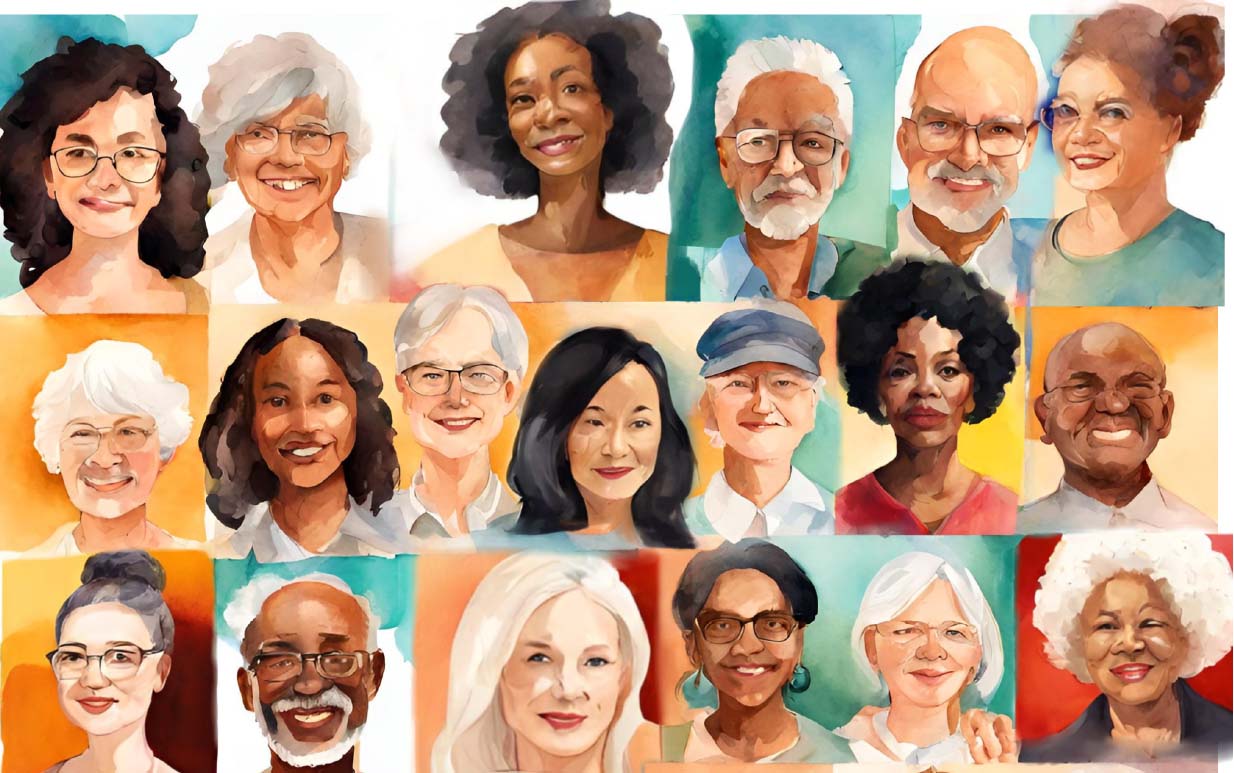- The Hormonal Harmony
- A Symphony of Support and Comfort
- The Rhythmic Breath of Life
- The Emotional and Psychological Tapestry
- A Reflection on Shared Humanity
- A Call to Action
The Hormonal Harmony
At the heart of both birth labor and the journey towards life's end is an intricate dance of hormones. These biochemical messengers orchestrate the physical and emotional contours of these pivotal events. During childbirth, hormones like oxytocin surge to initiate labor, strengthen maternal bonds, and manage pain, embodying the body's capacity for both endurance and tenderness. In the twilight of life, a different yet equally poignant hormonal shift prepares the soul for its final farewell, gently guiding the body through its last chapter. This hormonal harmony underscores the emotional depth and significance that birth and death impart, reminding us of the intertwined nature of life's beginnings and endings.
A Symphony of Support and Comfort
The paths of birthing and dying are also marked by an innate human yearning for comfort, dignity, and support in moments of utmost vulnerability. The warmth of a hand, the comfort of a soothing voice, and the relief provided by medical interventions in labor echo the palliative care that envelops the dying, offering peace, dignity, and solace. This shared quest for comfort reveals the essence of human connection and compassion, highlighting the role of love and support as we navigate life's most significant transitions.
The Rhythmic Breath of Life
Breathing, our most fundamental connection to life, serves as a poignant metaphor for the cycles of beginning and end. In labor, the rhythmic patterns of breathing guide a woman through waves of contractions, symbolizing the body's incredible strength and resilience. Similarly, in the final stages of life, breathing becomes a delicate thread connecting the present with the eternal, its changing rhythms a testament to the body's wisdom in the face of life's ultimate transition. These breaths, whether deep and labored or gentle and fleeting, narrate the story of life's impermanence and beauty.
The Emotional and Psychological Tapestry
Beyond the physiological parallels, the emotional and psychological landscape that envelops both birth and dying imbues these events with profound meaning. The intense joy, anticipation, fear, and ultimately, the deep love experienced during childbirth mirror the complex emotions that accompany the end of life, reminding us of the preciousness of each moment and the unbreakable bonds of human connection. These experiences, rich with emotion, challenge us to reflect on the essence of our existence and the connections that define us.
A Reflection on Shared Humanity
The journey from the first cry of birth to the serene silence of death encapsulates the full spectrum of the human experience. Recognizing the similarities between these two profound events encourages us to embrace the cycle of life with a deeper sense of understanding, compassion, and awe. It reminds us that life, in all its beauty and complexity, is a shared journey marked by moments of profound connection and love.
A Call to Action: Cultivate Compassion and Connection
Let us...
-
Reach out with Compassion: Whether it's supporting a loved one through the joys of birth or the sorrows of death, your presence, understanding, and empathy can make a profound difference. Remember, it's often the simple acts of kindness that leave the most lasting impact.
-
Foster Connection: In a world that can sometimes feel divided, remembering the universal experiences of birth and dying can help bridge gaps. Share your stories, listen to others, and find common ground in these shared human experiences.
-
Celebrate Life's Moments: Each day is a gift filled with moments to be cherished. Celebrate the milestones, both big and small, and remember to express gratitude for the journey and the people who make it meaningful.
-
Reflect and Prepare: Just as we prepare for the arrival of a new life, let us also consider our own legacies and the ways we can ease the transitions for ourselves and our loved ones when the time comes. Open conversations about wishes for end-of-life care can be a profound act of love and respect.
In embracing the cycles of birth and dying, we find not only the essence of our shared humanity but also the opportunity to live more fully, love more deeply, and leave a significant legacy. Together, we can navigate the complexities of the human experience with empathy and grace, honoring each other's journeys through the profound beginnings and endings that define us.

